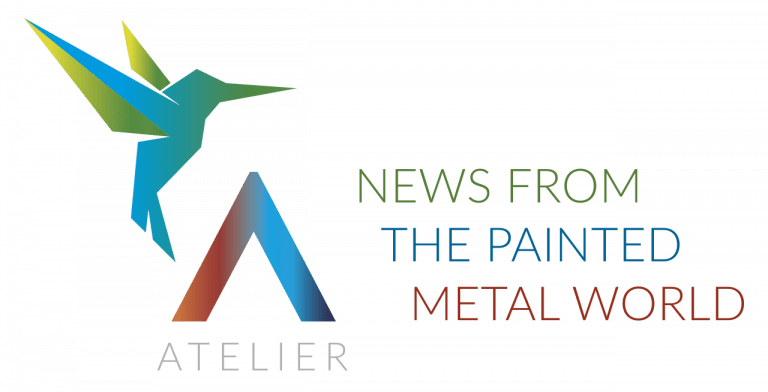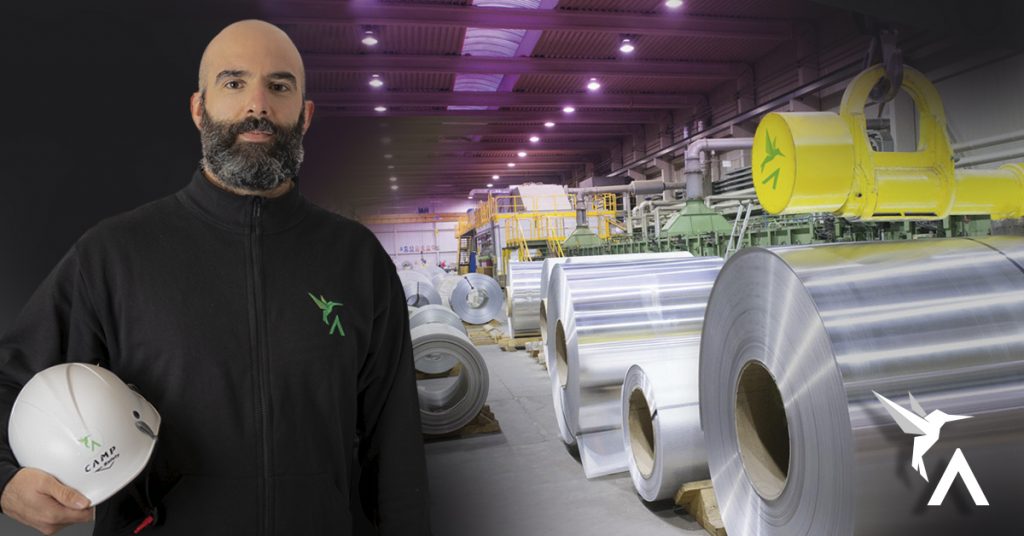Lean production is a production system that aims to simplify business processes and achieve maximum efficiency.
Specifically, the main goals are to map the workflow and identify all possible waste generated there.
In the Lean vision, ‘waste’ is defined as any activity performed that does not generate added value for the end customer.
In fact, this is one of the key points of the method: looking at the process from the customer’s perspective and assessing what is important in their eyes; what they are really willing to pay for.
Taiichi Ohno (one of the “fathers” of the Toyota production system, from which the lean production method is derived) categorized 7 types of waste:
- waits: time that is not spent productively;
- transports: moving from one production area to another;
- overproduction, which generates cost overruns and wasted storage space;
- overstocking, which represents value “trapped” in the process;
- handling: all movements performed by both the operator and the product within the processing cycle itself;
- defects: the making of a defective part that need to be discarded or require additional processing or re-processing;
- presence of “unnecessary” operations in the process, for example, due to organizational inefficiencies or low plant performance.
This method is applied within the companies of the group led by entrepreneur Matteo Trombetta Cappellani, with the aim of meeting market challenges with efficiency and speed.
“In the flow of Alusteel Coating’s operations,” says Davide Foglio, the company’s Planner Supply Chain Manager, “we are focusing on optimizing the aspects that most impact our results:
- waits, increasingly reducing, for example, Monday set-up times to recover productive hours;
- overproduction, focusing, among other things, on training to have flexible resources who can cover multiple positions;
- defects, with greater control over product and material quality.
We are also increasing the circularity of raw materials, reusing as many components as possible.
In addition to this, of course, all parameters are monitored through special KPIs that provide us with objective data on which to work in a targeted manner.”
A focus on process and product efficiency that makes the company factually and constantly oriented toward the needs of its customers, to always offer them the best possible value.




